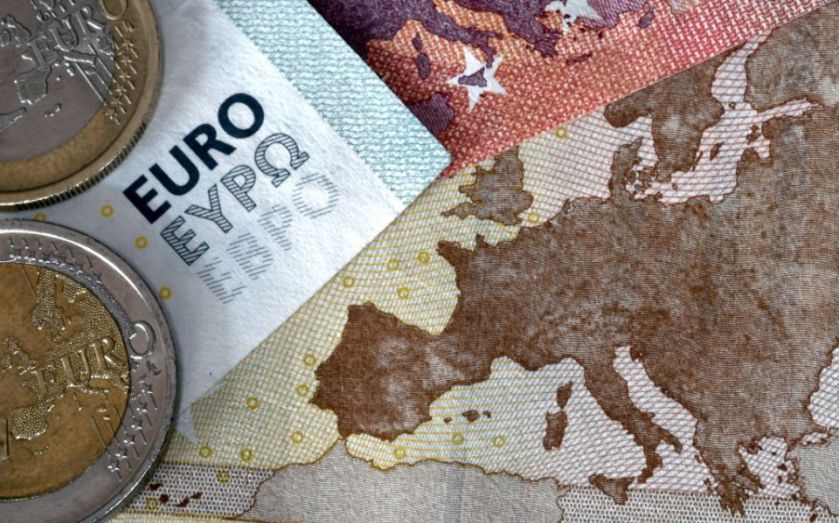Euro-dollar trader? Look elsewhere this week

With the euro tumbling nearly 950 points since mid-October, how much further can euro-dollar drop? Some say to $1.0450, others parity. We don’t disagree with either of these outlooks and the FXCM SSI index shows that retail traders are still net long the euro-dollar. As it’s a contrarian indicator, it suggests we should remain net short the euro.
However, we doubt traders will aggressively add to bearish positions ahead of the European Central Bank meeting this week – a technical pullback is needed. Personally, if I were to establish new short positions, I would be more comfortable aiming for parity by the end of March 2016 if I could short at $1.07 with a stop above $1.0830.
WHERE ELSE CAN WE FIND VALUE?
Australian unemployment fell from 6.3 per cent in July to 5.9 per cent in October, and short-term yields in Australia have subsequently risen sharply as traders unloaded their calls for more Reserve Bank of Australia (RBA) interest rate cuts. I turned bearish at this, and we have since seen the euro-Australian dollar drop by 600 points. I am now watching sterling-Australian dollar.
The markets still expect the RBA to cut interest rates by 18 basis points over the next 12 months, which I don’t expect to happen if the unemployment rate holds or improves. My view is shared by interest rate markets, which have lifted the Australian two-year swap rate from 2.05 per cent to 2.31 per cent.
In the case of the UK, meanwhile, yields have turned softer as wage growth looks to be mixed and UK inflation remains low. Comments from Bank of England members are confirming this view and we are seeing traders offload their bets for higher UK interest rates.
With this in mind, I like the risk-reward ratio in sterling-Australian dollar. I expect the pair to reach Au$2.00 as long as Au$2.11 holds as resistance (the current price is Au$2.0780).
WHY ARE MORE NOT TALKING ABOUT THIS?
Commodity markets have been slumping and the Chinese economic outlook is not expected to improve swiftly. This is one of the reasons few want to bet on a stronger Australian dollar. However, the correlation between the Australian dollar and commodity markets has weakened.
Another reason is the volatile unemployment data in Australia. Some say the rate will rise again. However, the best unemployment rate forecaster, according to Bloomberg, sees the rate reaching 5.7 per cent by the end of the third quarter of 2016, so October’s figure may not be a one-off.